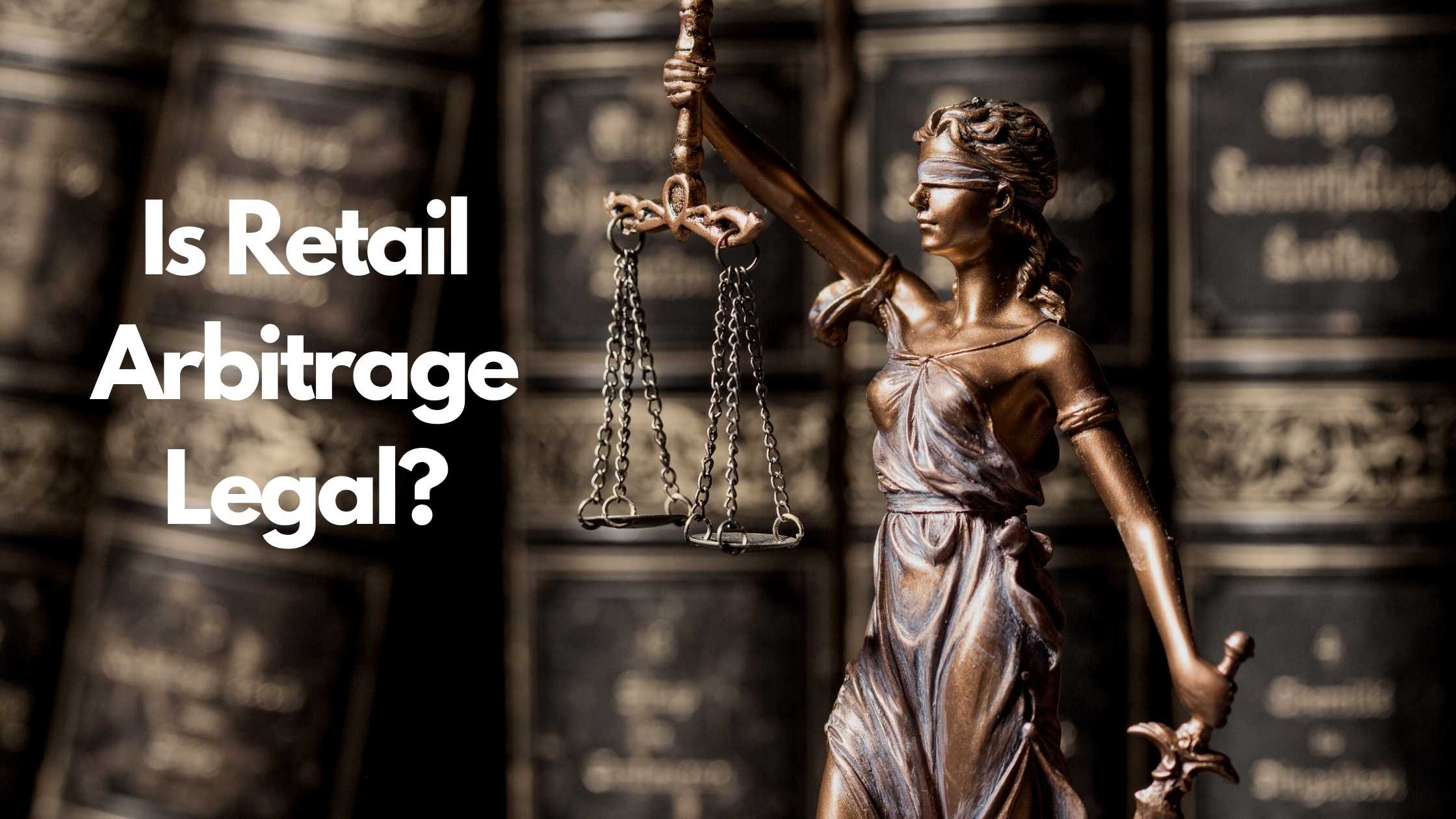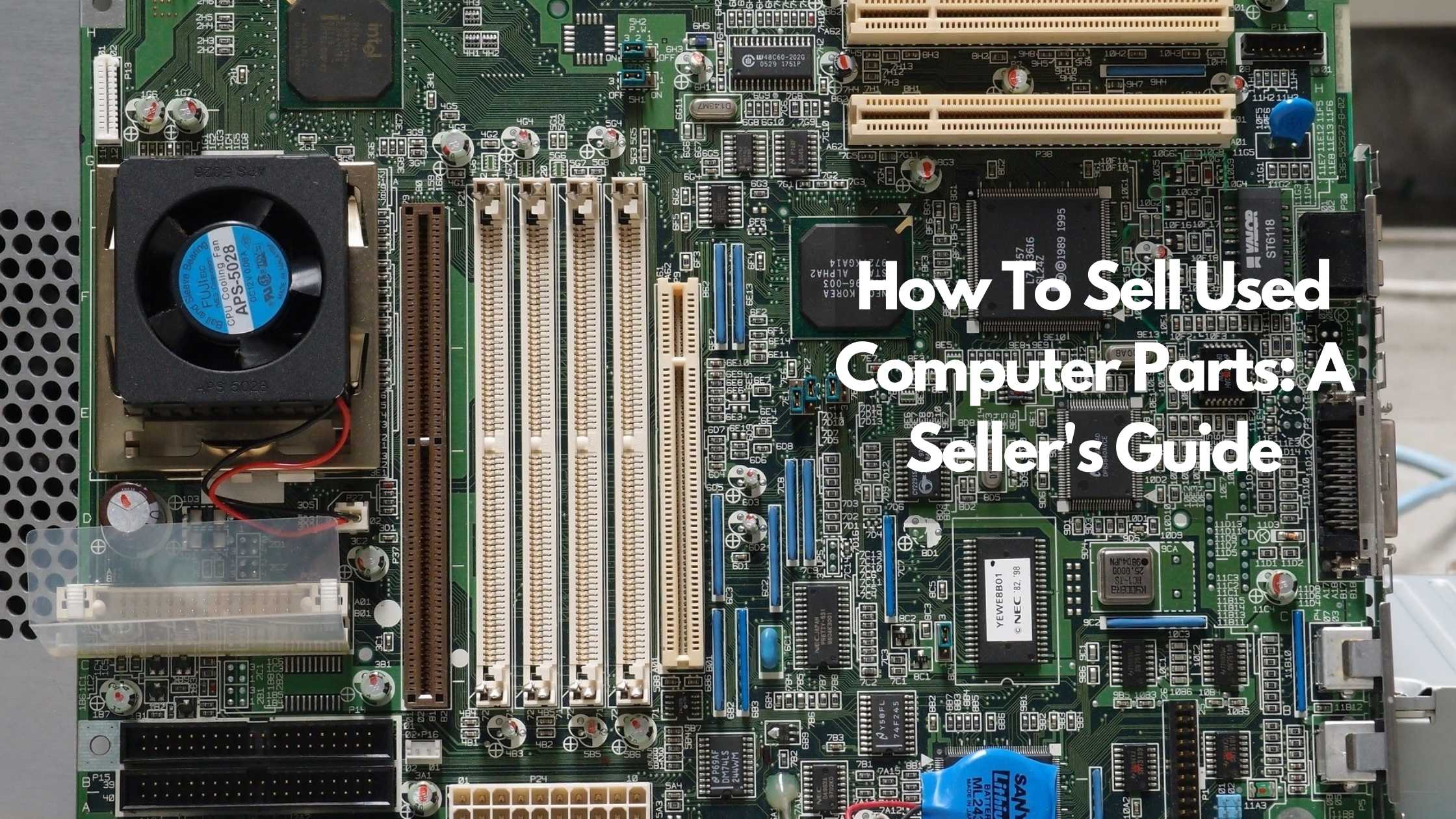
Why Do Thrift Stores Cut Tags?

Many thrift stores sell expensive garments at discounted prices. The tag of a garment has the care instructions as well as information about the garment.
So, why do thrift store cut tags? Thrift stores may cut the tags to avoid people returning them. People that donate clothes may cut the tags because they irritate the skin, and the tag can flip over making it visible outside the garment. Clothing manufacturers often cut tags of defective items.
Although some thrift stores cut tags, not all of them do it. So, below I will give more detail about why people cut tags, as well as, some specific reasons why thrift stores, in particular, cut tags.
Why do people cut the tags on their own clothing?
Many people will cut the tags from their own clothing to avoid some of the common problems associated with them. These are:
- The tag flipping over
- The tag being itchy
- Avoiding fraudulent returns
- Indicating a defective item
The tag flips over
Some clothing manufacturers make labels that don’t work how we would like. They can flip over, and sit on the back of the neck. This doesn’t happen to most people, so it looks a bit funny. It’s like walking around with a runny nose when you don’t know it’s there. It can make some people feel a bit embarrassed. Therefore, they remove them so that they don’t have to worry about this problem.
The tag being itchy
The label is often made of synthetic material that is quite rigid and is slightly course. This makes the label itch on the back of the neck when the tag flips over. There are also internal tags that can occur in a few places such as on the side of the body on a t-shirt or on the sleeves. The tags can occur on almost all clothing types. Such as shorts, pants, undergarments, rarely on socks, and others.
You will sometimes run into tags that are made of soft silk-like fabric. These feel pleasant against the skin. Therefore, they are not often removed because the tag is itchy. It may not be itchy but it can still be annoying to the person by flipping itself over, or they can always feel it against their skin.
If you have a silky fabric for the label you should be careful removing it. If you remove it will scissors the small part of the label that is left will be even more irritating against the skin. This is because the parts that are left behind are a bit sharp.
Avoiding fraudulent returns
This reason is prevalent with thrift store items that look near new. Near new items can be mistaken for new items. Some clothing brands that are worth $30 or more. Therefore, a person could buy the item at a thrift store for $1 to $10, and then return the item to the original store. This is less prevalent now because most retailers require proof of purchase.
So, thrift stores may cut the tags to make it absolutely clear that this item cannot be returned to the original manufacturer. Because it is a clear indication that the clothing cannot be resold, and indicates to the original store, that it is unfit for resale. This will cause the store staff to question the person regarding where the garment came from, and lead to the truth coming out.
Indicating a defective item
This is a common practice in many production industries. Some industries produce many items daily in a factory and will many employees. A percentage of the items manufactured in any give day or week will be defective. Meaning they don’t meet the minimum criteria for product quality.
In clothing, this shows up as minor defects such as:
- A minor stitching error
- Slightly wrong shade of color
- Slight bunching of the fabric
- Off-size parts of the garment.
The errors result from human or machine errors when making the garment. So, they sell these as what are called seconds. Seconds are often sold at factory stores. Factory stores are a collection of clothing from different retailers that are defective. They are marked down in price significantly. One method of designating these items is by cutting the label down the middle.
How do you remove a tag properly, so it doesn’t damage the clothing?
There are few methods used to remove tags properly to so that you don’t damage the fabric or leave an itchy part of the label on the clothes. The first method is to cut off the label and then iron on some hemming tape. Heming tape sits over the remaining small piece of the label. Once you iron it on it is smooth and won’t irritate the skin.
Be wary of garments that are very thin, or delicate because when you iron on the hemming tape it can melt or burn the material.
The second method is to use a seam ripper. Here is a brief video about how to use a seam ripper. A seam ripper is a small instrument that is about the size of a large stitching needle. This is used to remove delicate stitching and can be purchased from a sewing supply store, or online.
The stitching which attaches the label to the garment is separate from the main stitching. So, the stitching ripper can get used to carefully remove the stitching which attaches the label to the clothes. For a full step by step breakdown of this technique, check out this excellent article by WikiHow.com.
Are thrift store clothes safe?
Most thrift store clothes are safe. This is because the people that work at a thrift store inspect the garments before listing them for sale. Unsafe clothing from thrift stores could lead to fungus or bacteria which could cause a rash on the skin. There may also be traces of dead skin or bodily fluids on clothing. If you have a small wound that is healing, you could get infected with anything that the other person. This would be very rare.
To avoid this you should wash the garments using a strong additive to the wash that kills germs. You should also put the garments in the sun. The sun rays kill bacteria and eliminate bad odors.
Do they wash clothes at thrift stores?
Due to the large volume of clothes, it is sometimes impractical for thrift stores to wash their clothes. Most thrift stores have strict requirements regarding receiving items to sell. As part of this most require garments to be washed before being given to the thrift store. You should wash garments that you buy from a thrift store to remove bad odors, and any skin infection or fungus the person who previously wore it may have had.
Conclusion
Thrift stores cut tags so that they can’t be returned to the original retailer. People may have also cut the tags for themselves before donating them to a thrift store. This is because they can cause irritation on the skin, flip over so they show outside the clothes. Also, they can be cut by clothing manufacturers to indicate a defective item.
Some people will remove a tag improperly which can cause the tag to still irritate the skin, or can damage the garment. There are a few ways to remove a label such as applying some hemming tape with an iron or removing it completely with a seam ripper.
Thrift store items can be resold a reasonable profit online, this website sheepbuy.com is an online marketplace where you can list items up to 3 items for free. If you are interested in using our free marketplace then click on this link here to register a free account, and start selling.
Learn how to thrift like a pro: Thrifting for profit.
Learn the top 7 things to look for at thrift stores to resell.
Recommended Blog Posts:
Sources
TRENDING


Online Arbitrage for Beginners (Step-by-Step Guide)

17 Types of Arbitrage Strategies to Turn a Profit

Is Retail Arbitrage Legal?

How to Turn Textbook Arbitrage into a Business for Profit

How Can You Tell if a Book is a First Edition?

What to Do With Your Jigsaw Puzzle When Finished?


